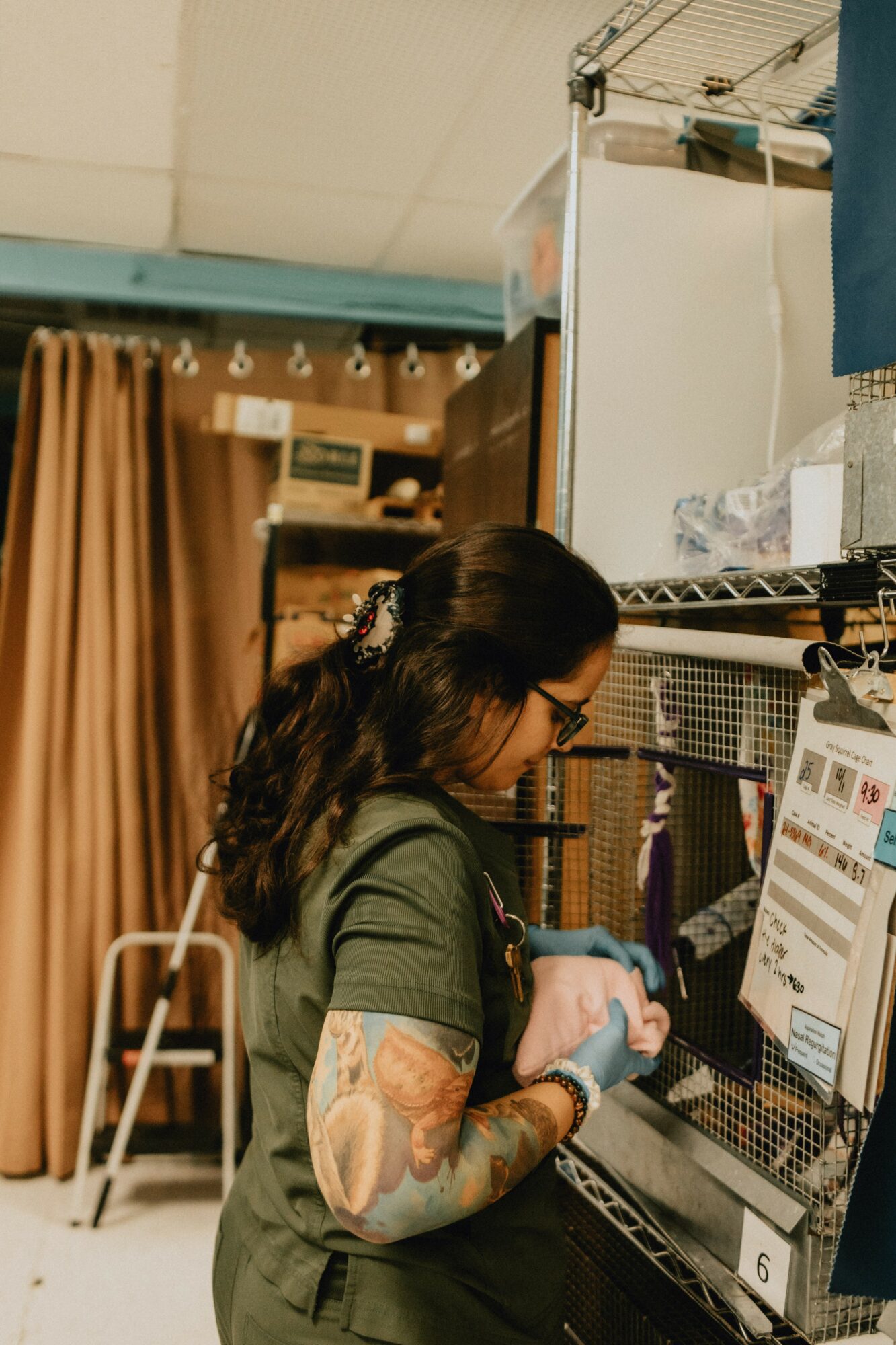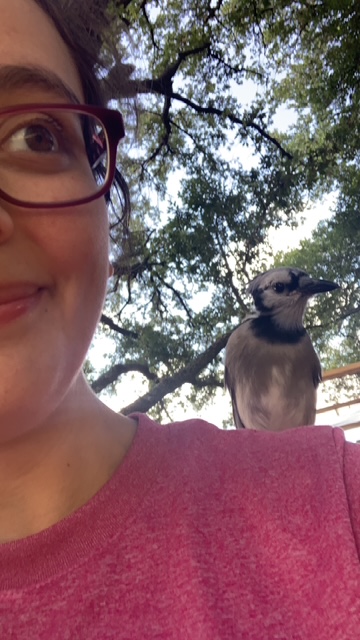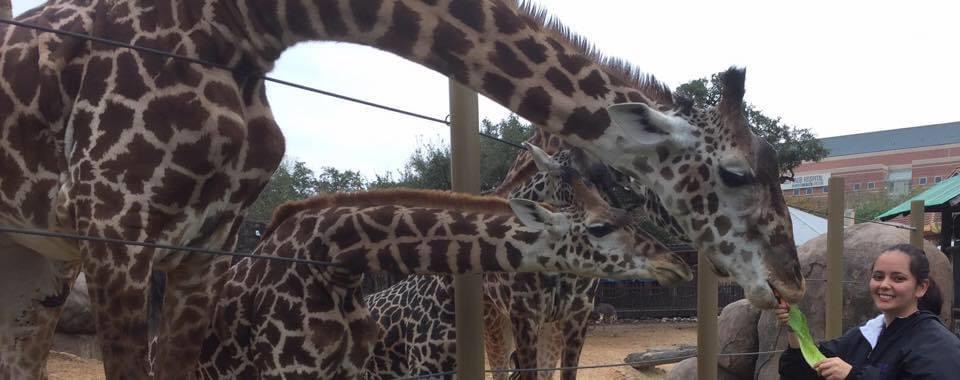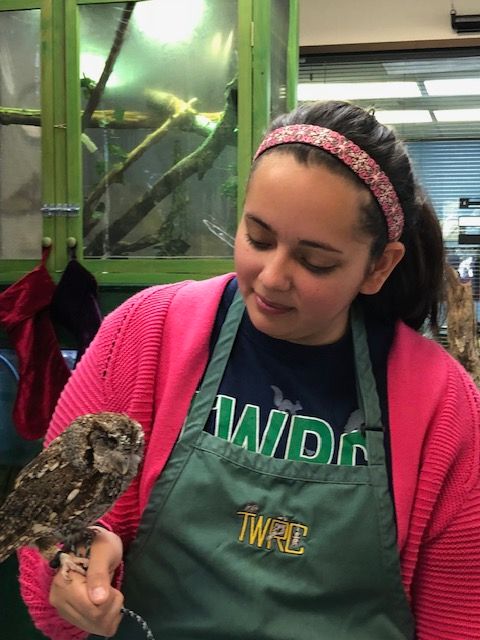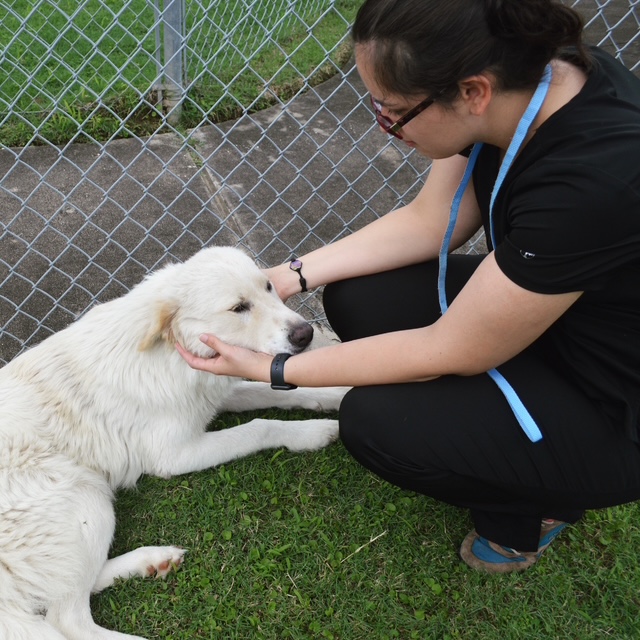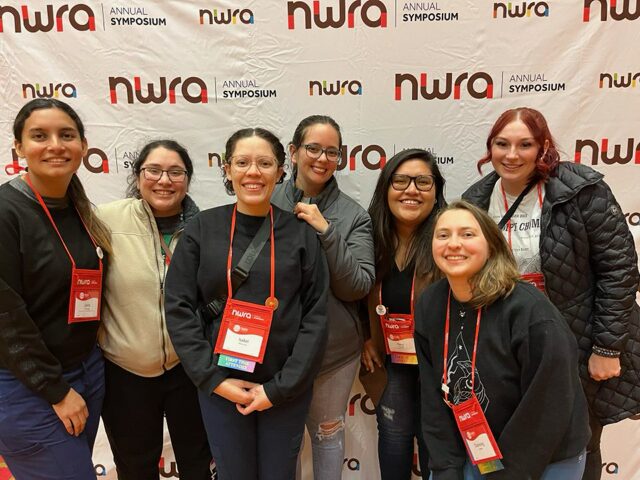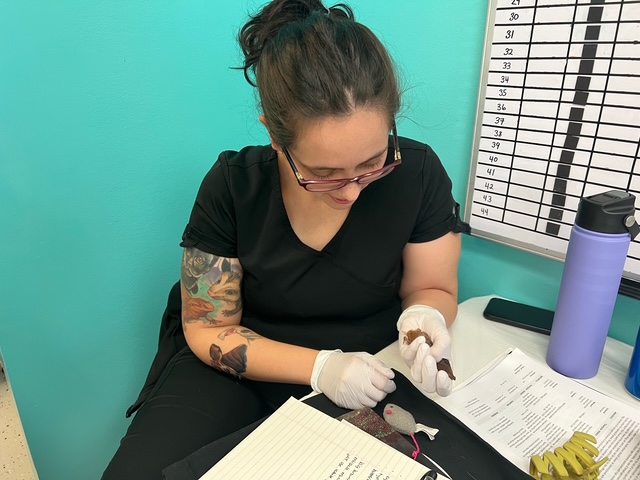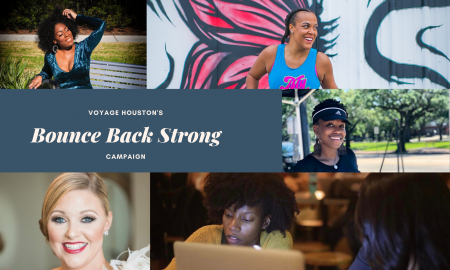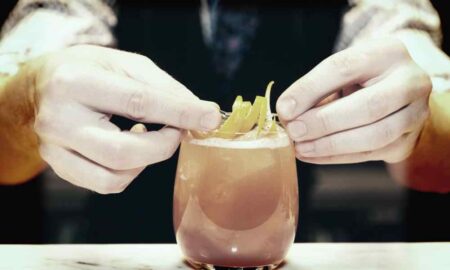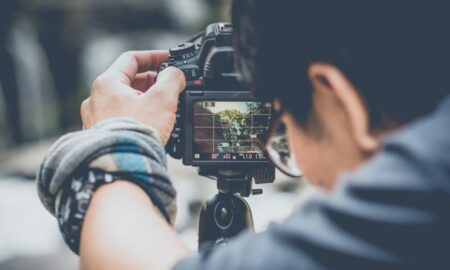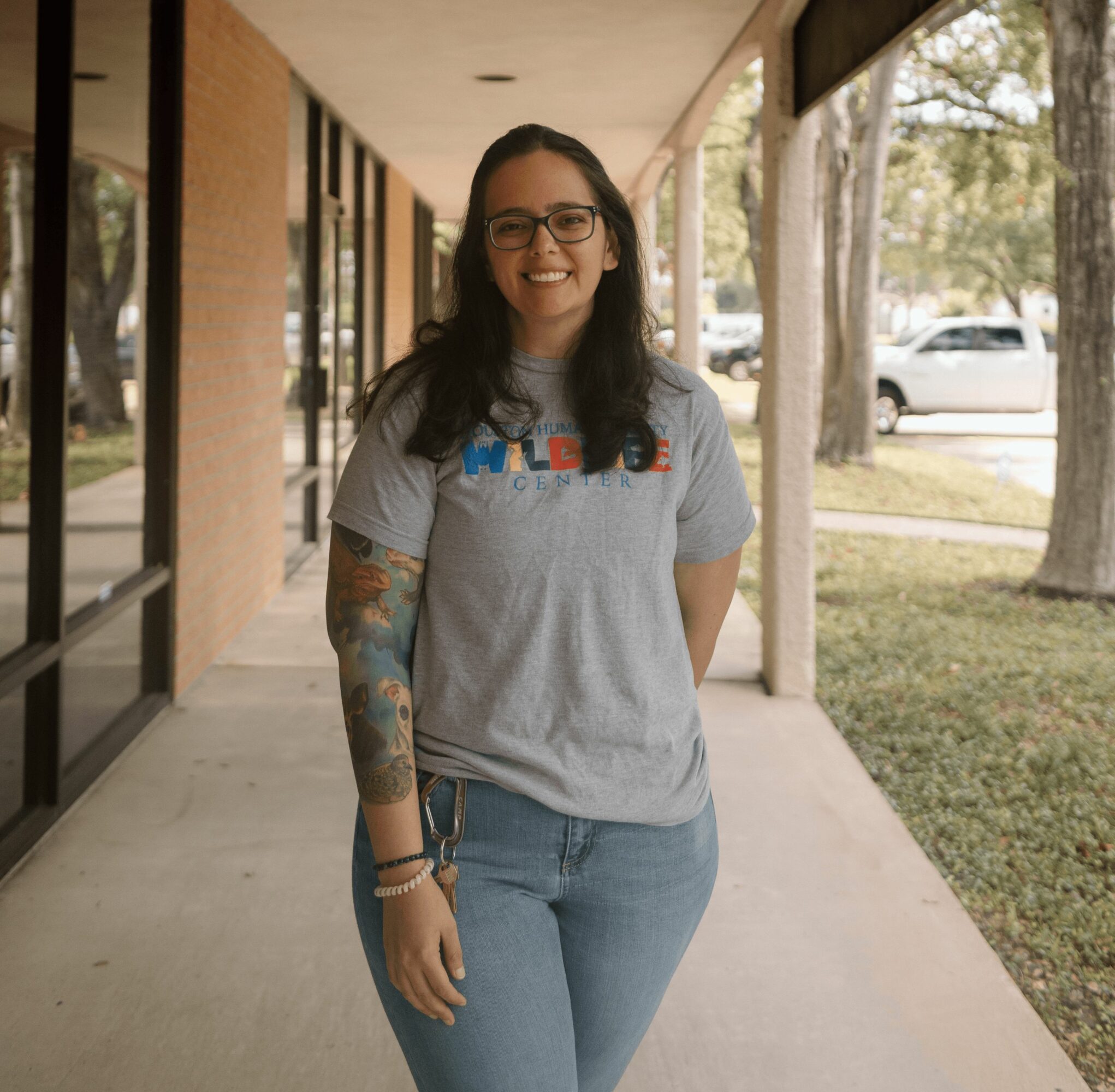

Today we’d like to introduce you to Tiffani Gallardo.
Hi Tiffani, so excited to have you with us today. What can you tell us about your story?
From helping my mom bottle-feed newborn kittens to being glued to the television whenever Steve Irwin, Jeff Corwin, or any other animal and wildlife show was on, I’ve always been fascinated by animals. As I got older, that fascination became a passion to give them a louder voice.
After graduating from Sam Houston State University with a degree in biology, I set out to gain as much knowledge and experience in the animal field as I could. I’ve worked with domestics in boarding and shelter environments, exotics at our local zoo, and native wildlife in rehabilitation settings. But without a doubt, wildlife rehabilitation grabbed my heart and never let go. I started at Houston Humane Society Wildlife Center (formerly TWRC Wildlife Coalition) back in 2016 as a volunteer in the baby squirrel program. I was hooked the second I fed my first baby squirrel. That love-at-first-sight moment only grew as I worked with more species, especially my first baby opossum.
Since then, I’ve gone from a seasonal employee to managing the entire wildlife rehabilitation department. I’ve been so lucky to work with incredible women in my field who taught me invaluable skills that have helped me succeed. That fascination and passion I had as a kid have allowed me to make a meaningful, hands-on impact on Houston’s native wildlife. I carry that with me through every challenge, along with the opportunity to lead some truly brilliant young minds in this field.
Can you talk to us a bit about the challenges and lessons you’ve learned along the way. Looking back would you say it’s been easy or smooth in retrospect?
I think I can speak for everyone in the animal welfare community when I say smooth roads just don’t exist in this field. There have definitely been times when the thought of going into a less demanding career has crossed my mind, but honestly, that feels like it comes with the territory.
Wildlife rehabilitation is one of the only jobs where you might have to humanely end the life of an animal you’ve poured so much energy and heart into saving. That alone is such a heavy thing to carry, and it’s something we face every single day. The compassion fatigue, burnout, and vicarious trauma are all things I’ve dealt with personally and am still working through.
There are plenty of struggles that come with being responsible for the welfare of over 100 animals at a time, but I’m so lucky to work with such a passionate and dedicated team of young people in this field.
Alright, so let’s switch gears a bit and talk business. What should we know?
Houston Humane Society Wildlife Center (formerly TWRC Wildlife Coalition) has been around since 1979, helping injured, ill, and orphaned wildlife in the Houston area. We take in about 4,000 animals every year, and our main goal is to rehabilitate them so they can return to their natural habitat. We also have an amazing in-home care program run by permitted rehab volunteers who give these animals the specialized care they need.
In addition to being a trusted source for wildlife care and education, what we’re really known for is our bat rehabilitation efforts. Houston Humane Society Wildlife Center is the only facility in Houston dedicated to rehabilitating bats. Every winter, the cold weather can stun thousands of Mexican free-tailed bats that live here, causing them to fall from their colonies at bridges like the Waugh Drive Bridge and other spots in Spring, Cypress, and Pearland. Our bat team rescues them, brings them to our center, warms them up, treats any injuries, and gives them the care they need. When the weather warms up, we safely release them back to their colonies. Bats play a crucial role in controlling insect populations, saving Texas’ agricultural industry around $1.4 billion each year. That’s why we take so much pride in protecting these incredible creatures and being a key resource for bat rehabilitation and education.
HHS Wildlife Center is proud to be a leader in Greater Houston, not just in caring for injured animals, but also in educating the community about peacefully coexisting with wildlife. These animals are a key part of our region, and keeping balance in our local ecosystem is at the heart of our mission. We’re so grateful that the community knows they can turn to us—not only to protect and care for local wildlife, but as a trusted source when they need help. As we continue to grow, we’re really excited about what 2025 has in store. We’re in the process of merging our social media and website with Houston Humane Society to make the transition easier as we get ready to open our new facility this spring. The new building will help us rescue and treat even more animals, making an even bigger impact. We’re also always looking for volunteers! If you love animals and wildlife and want to make a difference, we’d love to have you join us.
What does success mean to you?
For me, success is about continuing to try your best, no matter what circumstances come your way. In the wildlife rehabilitation field, we measure success by giving every animal that comes through our doors a second chance. The outcomes may not always be what we hope for, but we will always be willing to try with every resource we have. Sometimes, all we can do is humanely end their suffering, and to me, that is still a successful outcome.
Contact Info:
- Website: www.houstonhumane.org
- Instagram: @hhswildlifecenter
- Facebook: Houston Humane Society
- Twitter: @HoustonHumane
- Youtube: @HHSWildlifeCenter
